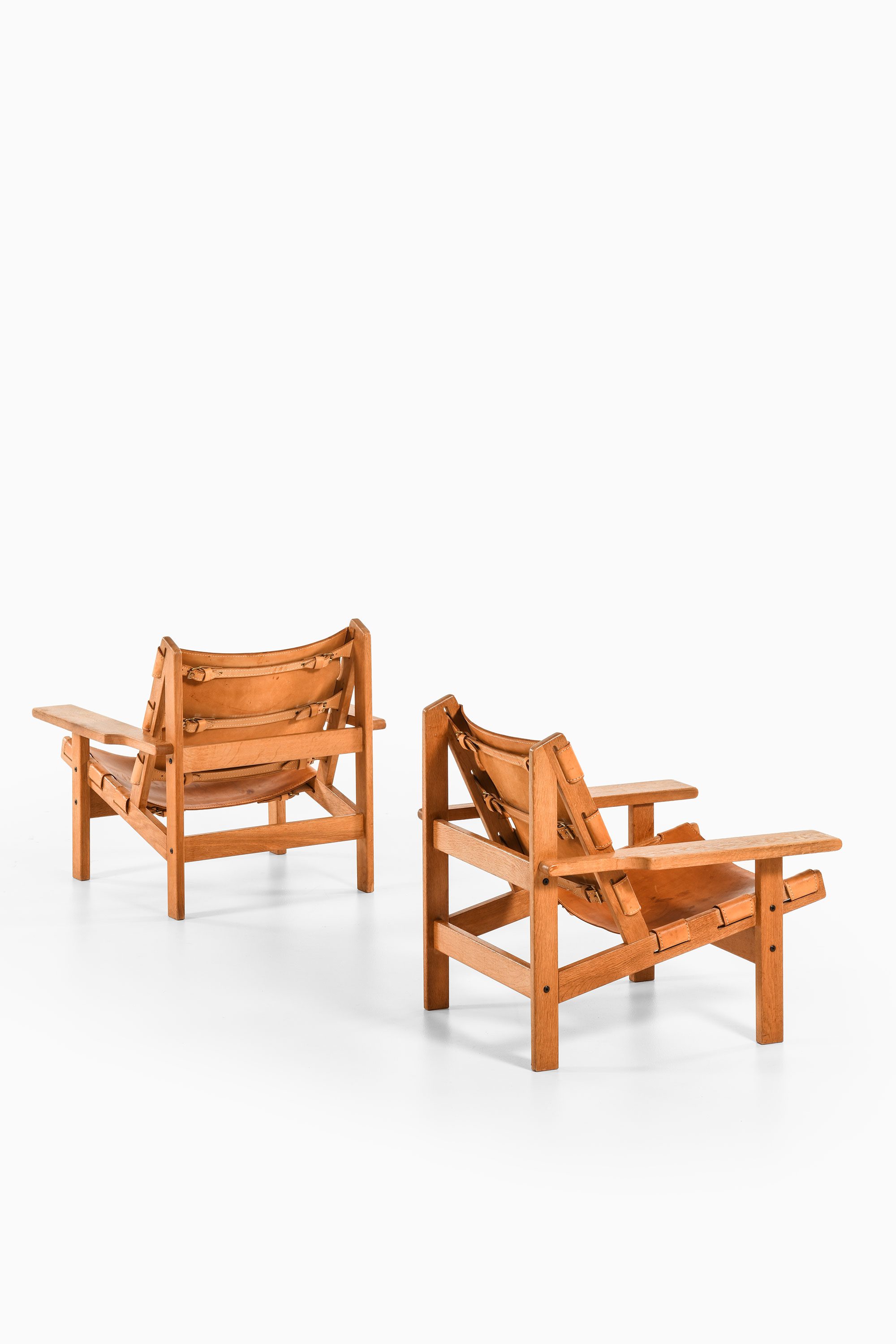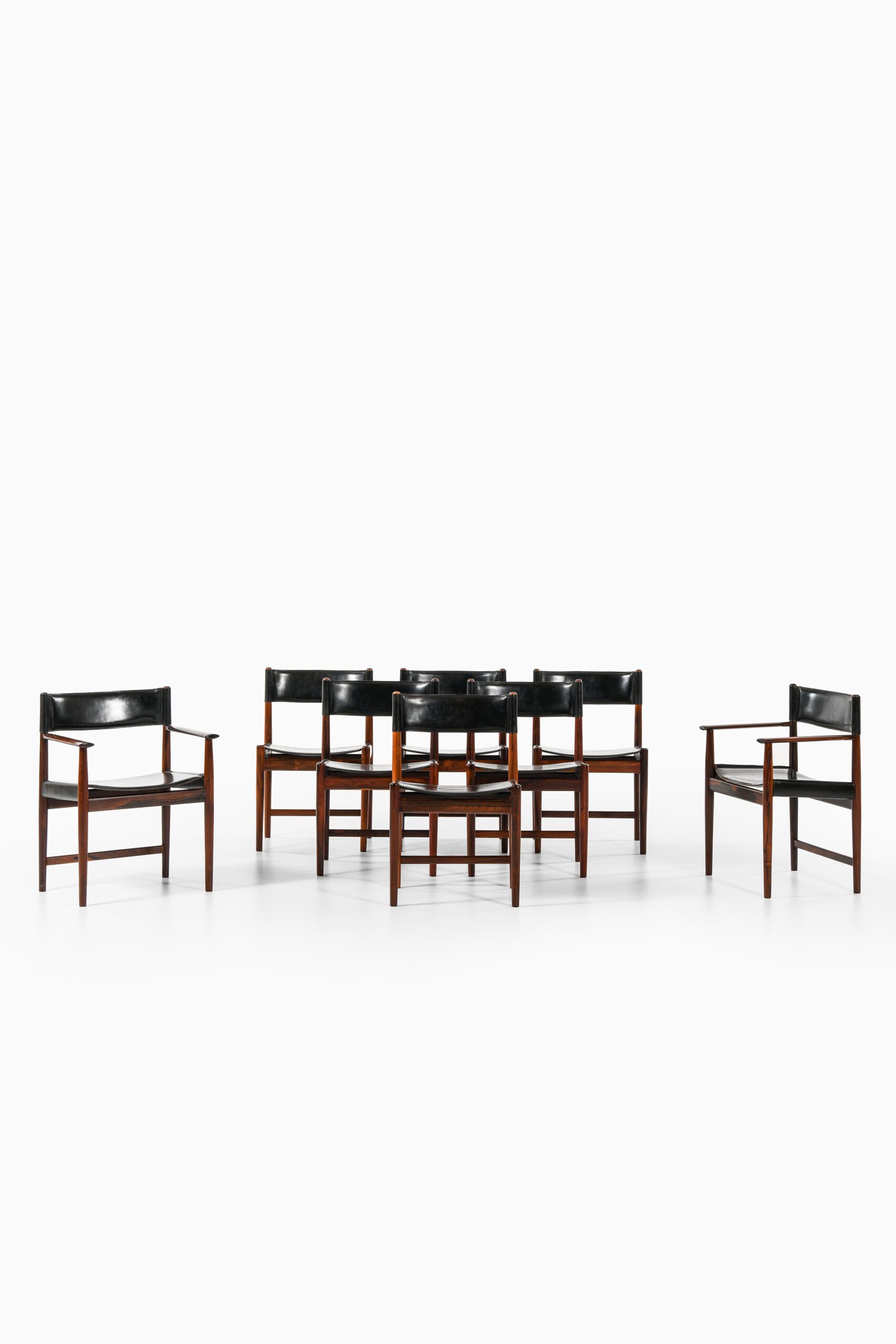
Kurt Østervig
Kurt Østervig (1912–1986) was a Danish furniture designer known for his elegant, functional designs rooted in the Scandinavian modern tradition. Originally trained as a shipbuilder in Odense, Østervig transitioned into furniture design after working with the cabinetmaker E. Knudsen. His background in ship construction informed his understanding of structure, materials, and precision, all of which became hallmarks of his later work.
In 1947, he established his own studio and began designing a wide range of furnishings, including pieces for private homes, hotels, cinemas, ships, and care facilities. Østervig collaborated with several prominent Danish furniture manufacturers, including Rolschau Møbler, Jason Møbler, Sibast, Bramin, and KP Møbler. His preferred materials included oak, teak, rosewood, and leather, and he often focused on creating sculptural yet restrained forms.
He became internationally recognized in the mid-20th century. In 1953 and again in 1960, Østervig received awards at the Milan Triennale, one of the most prestigious exhibitions of modern design. His work was also selected for exhibition at the Museum of Modern Art in New York in the 1960s, highlighting the global reach of Danish design during this period.
Østervig’s furniture was characterized by craftsmanship, clarity of line, and a balance of form and function. His Model 58 lounge chair, produced in the late 1950s by Rolschau Møbler, is one of his most celebrated designs. It combines a sculptural frame of rosewood and teak with soft, enveloping upholstery. Other signature works include nesting tables, daybeds, highboards, sideboards, bar cabinets, and open shelving units—each reflecting his meticulous attention to proportion and material harmony.
His approach often included finely detailed hand-drawn sketches, reflecting his deep engagement with the design process from concept to production. His work was functional without being austere, offering a warmer and more personal take on modernism than some of his contemporaries.
Though not as widely known today as some of his peers, Kurt Østervig's work remains highly regarded among collectors and design historians. His pieces are frequently found in galleries, design auctions, and vintage markets, and they continue to influence designers interested in craftsmanship, simplicity, and timeless design.

Kurt Østervig easy chair

Kurt Østervig bookcase

Kurt Østervig easy chairs

Kurt Østervig nesting tables

Kurt Østervig trolley

Kurt Østervig bar cabinet

Kurt Østervig bar cabinet

Kurt Østervig dining chairs
(8 PCS)
Kurt Østervig bar cabinet
